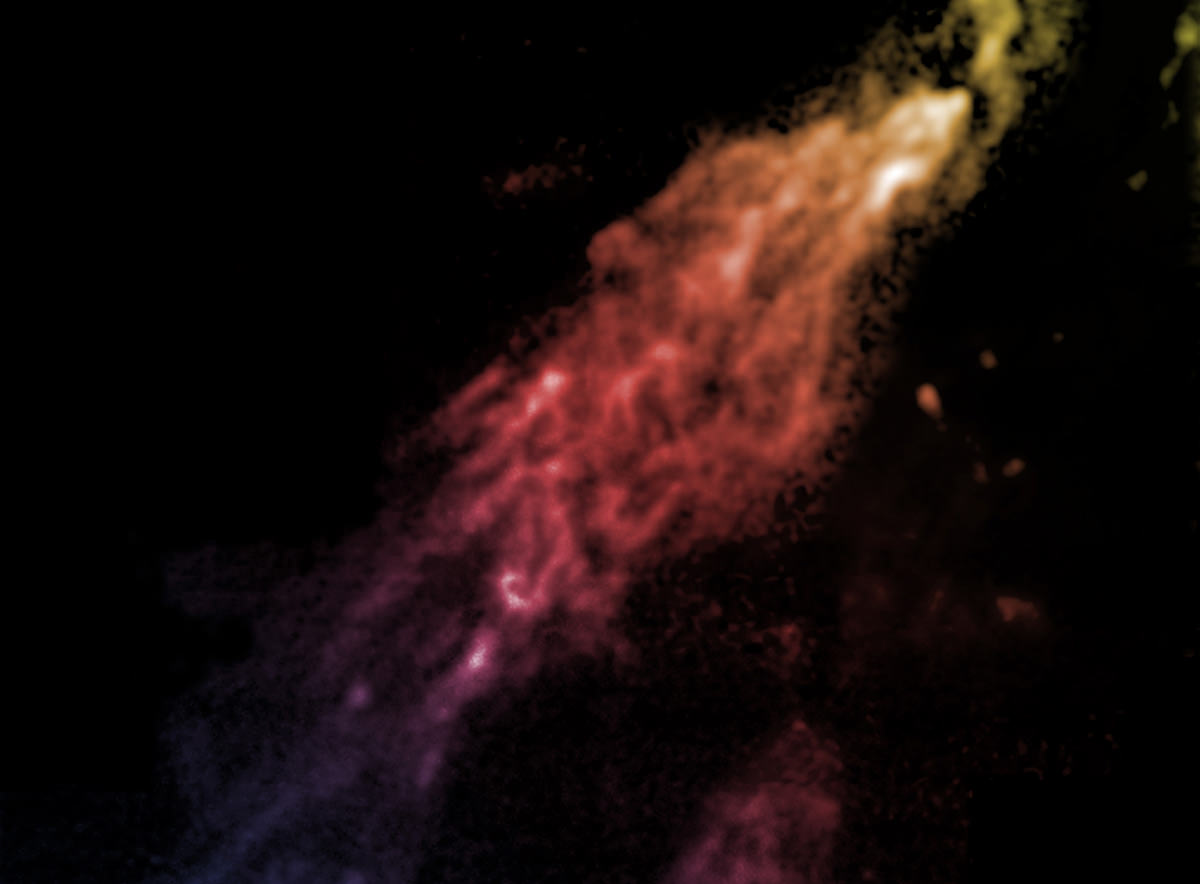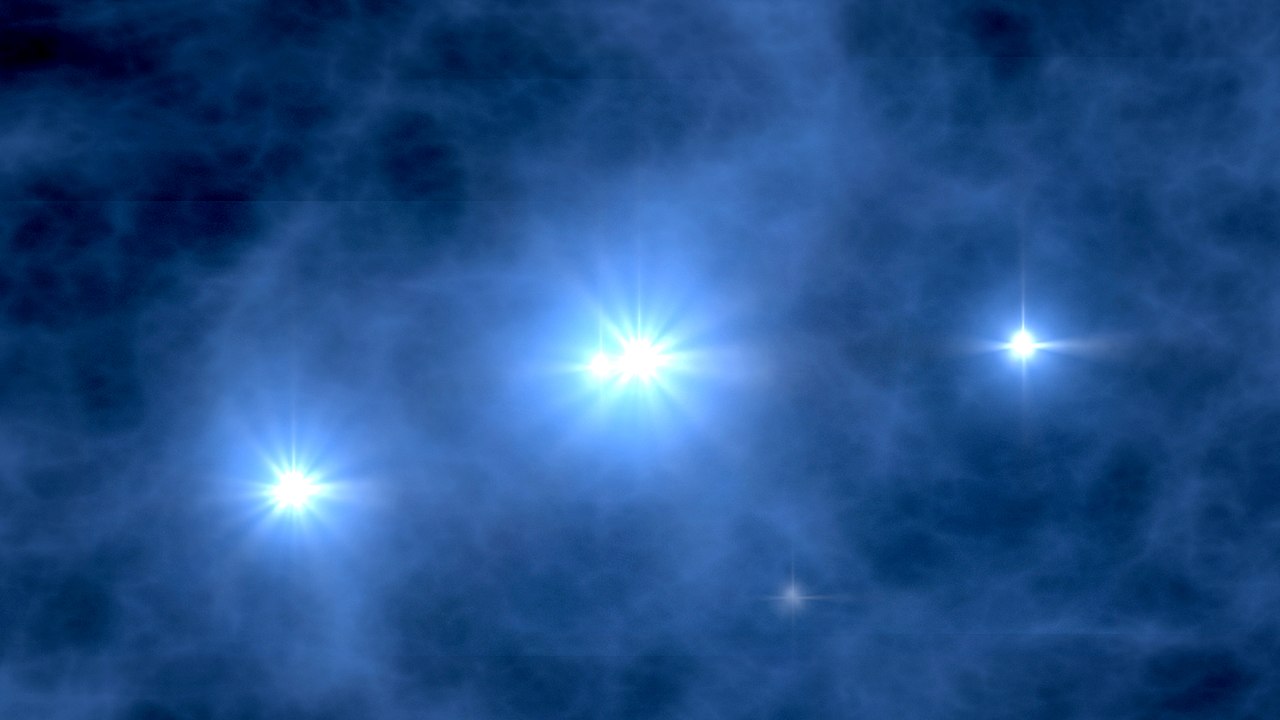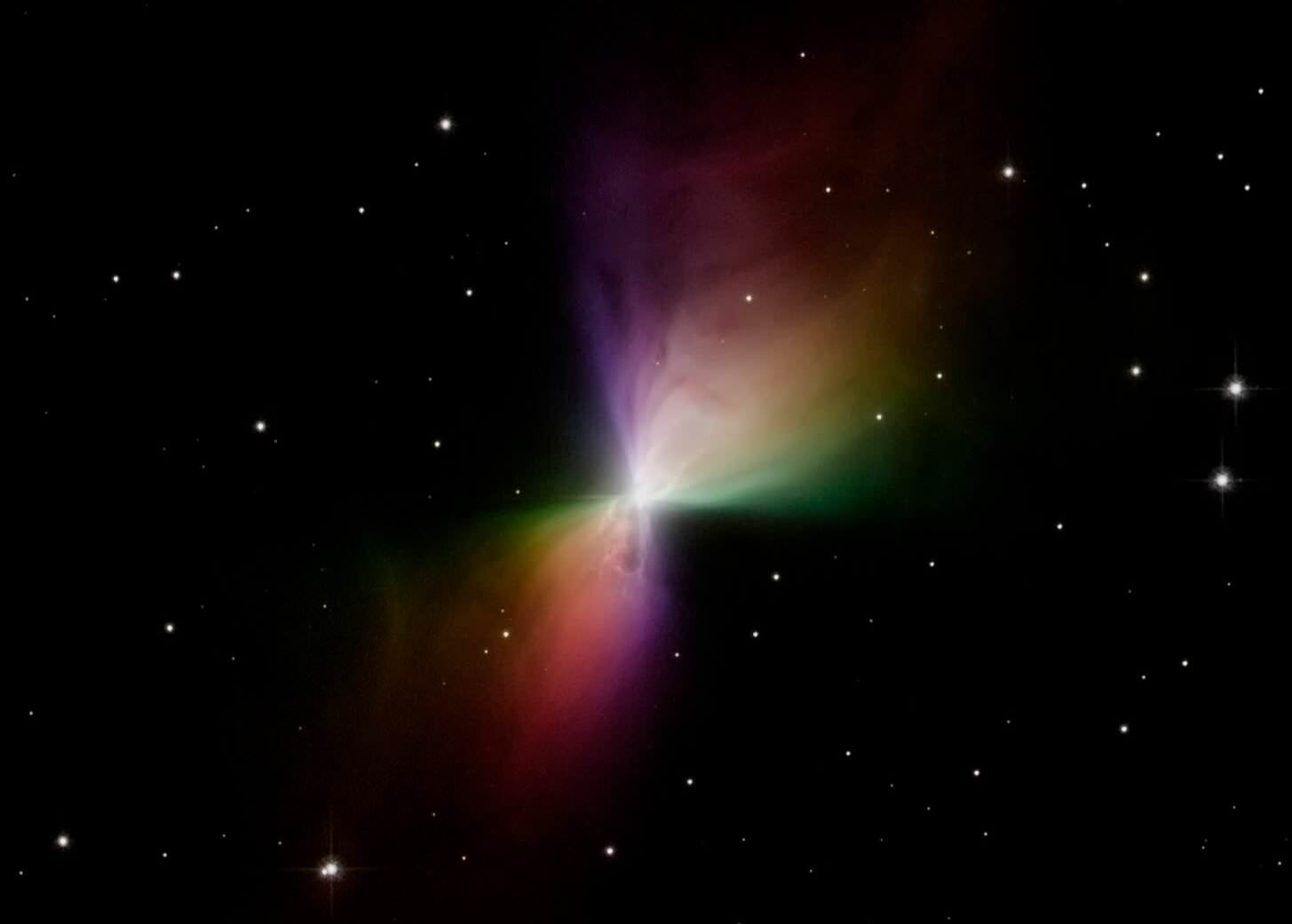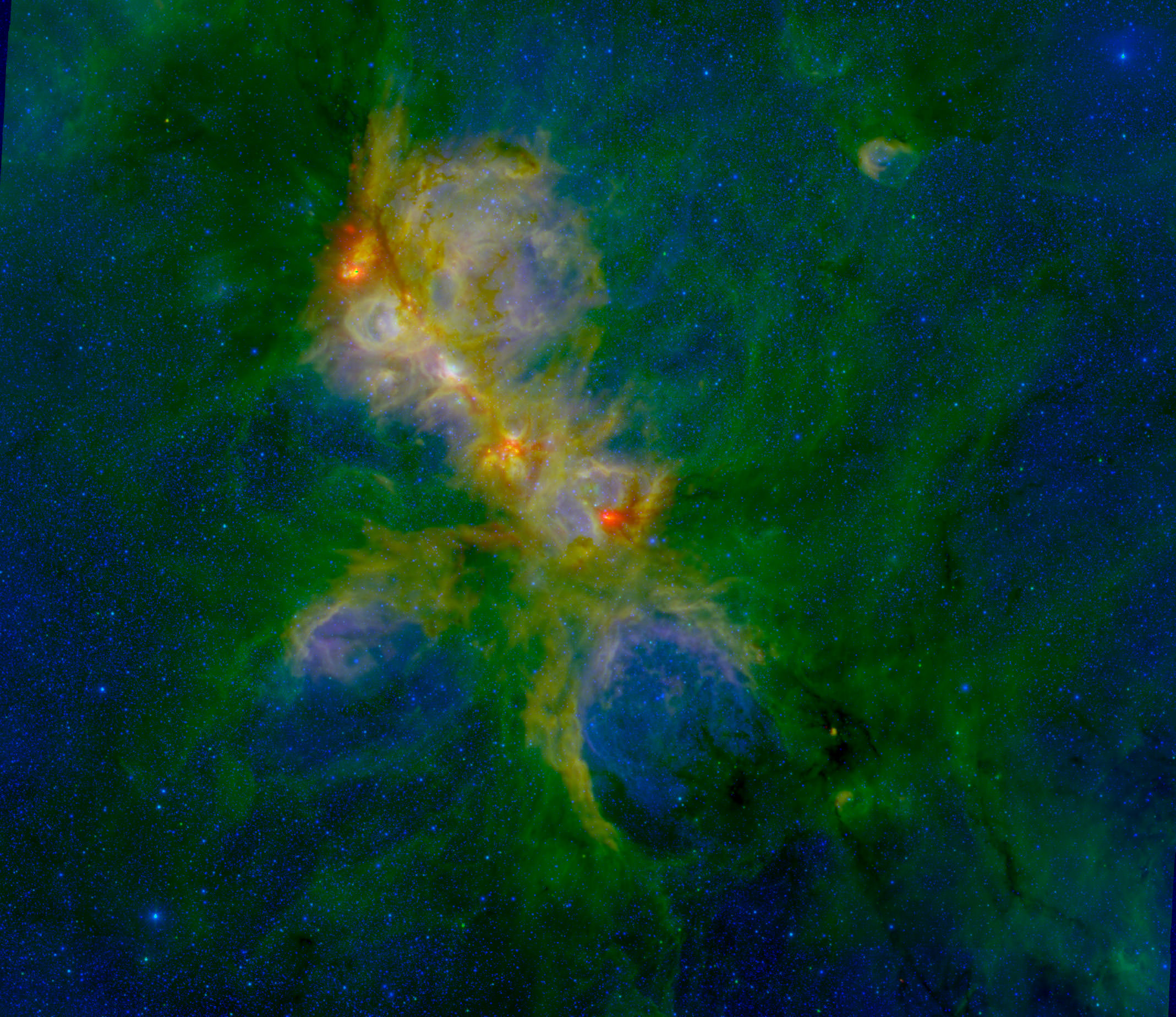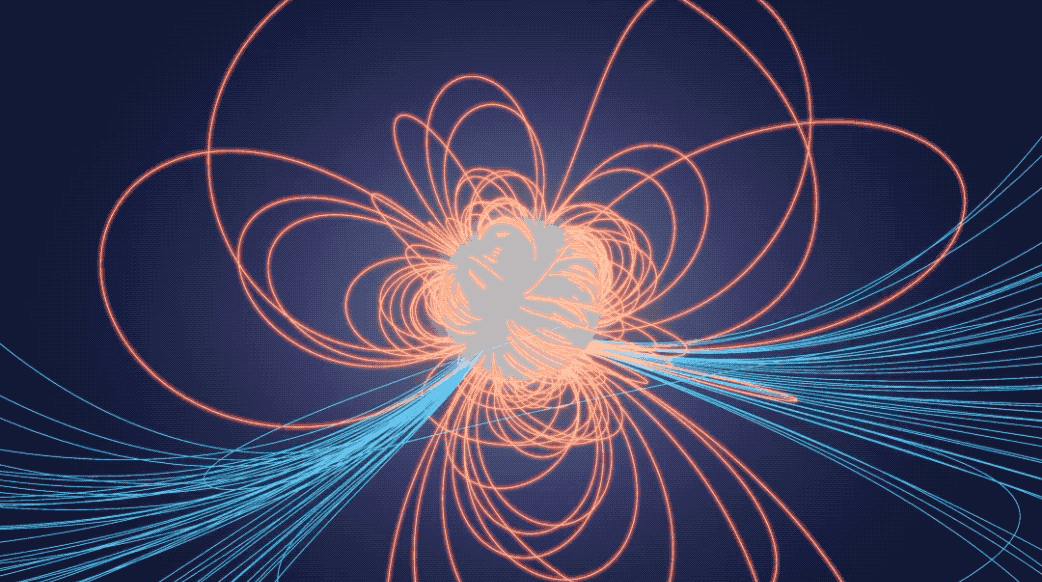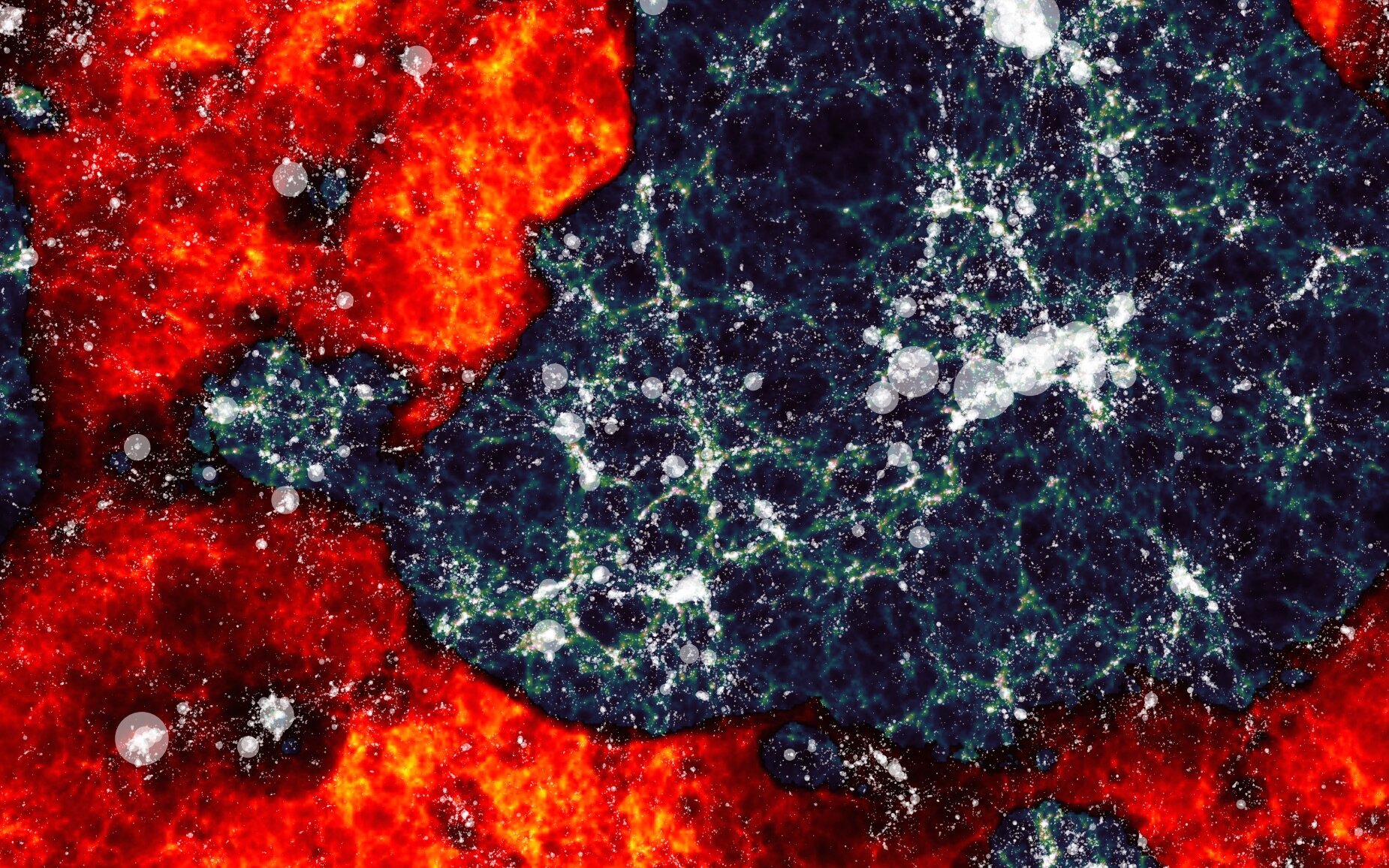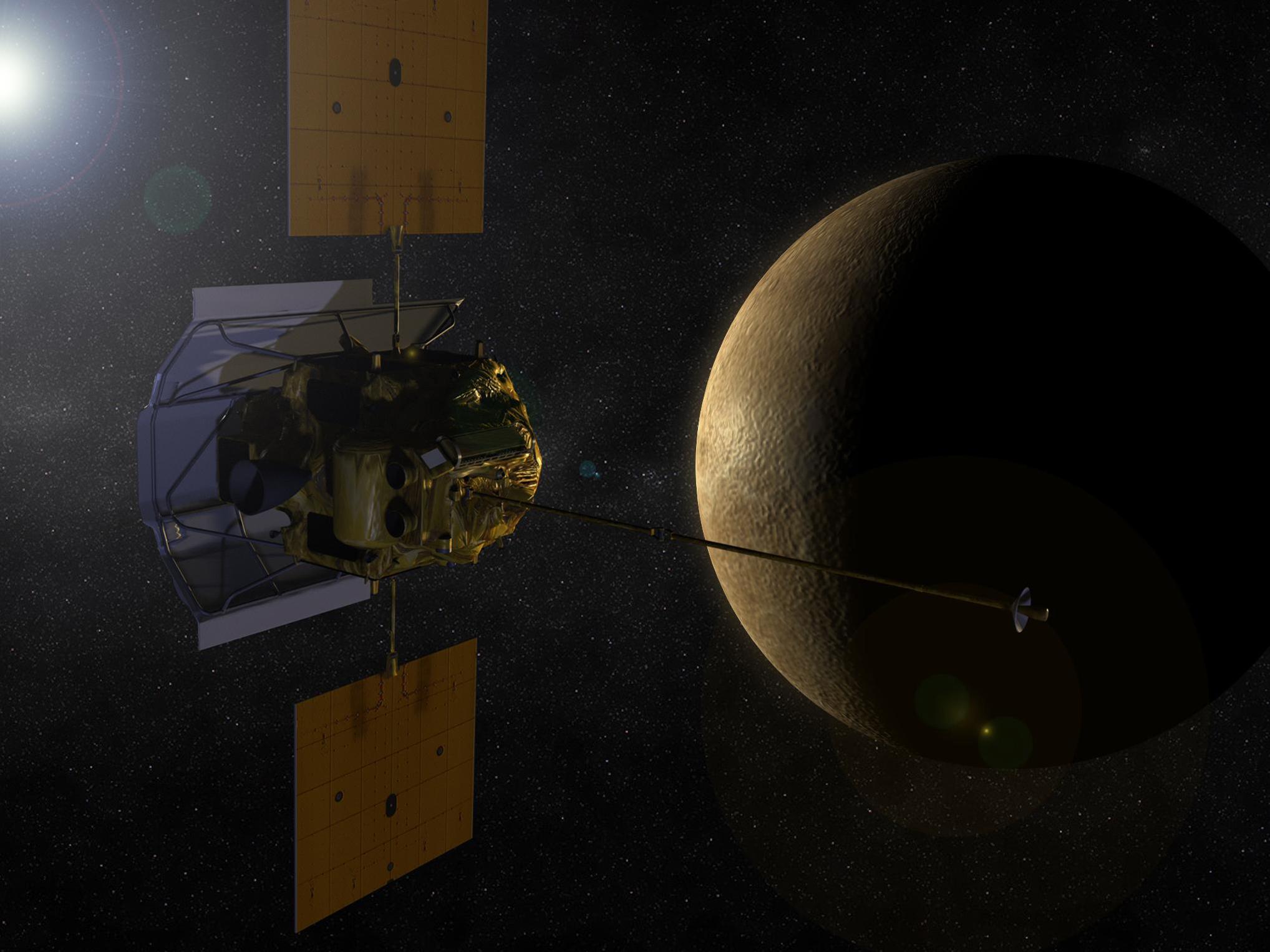It’s notoriously difficult to take a picture of a black hole. But when they are surrounded by material we have an opportunity to witness the hole carved out by the event horizon. But what we see in the famous images of black holes isn’t the event horizon itself, but a magnified and enlarged version known as the shadow.
Continue reading “How do Black Holes Make a Shadow?”How do Black Holes Make a Shadow?


